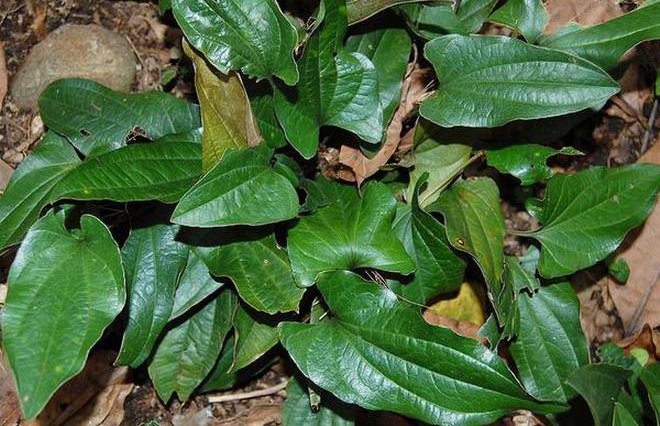Litchi toxin : the reason of death of hundreds of children
Acute Encephalitis Syndrome (AES) in Bihar has so far claimed claimed the lives of over hundred children. Most of the deaths have been attributed to low sugar level (hypoglycaemia).
Acute Encephalitis Syndrome
Meningitis caused by virus or bacteria, encephalitis (mostly Japanese encephalitis) caused by virus, Encephalopathy, cerebral malaria, and scrub typhus caused by bacteria are collectively called as Acute Encephalitis Syndrome.
# Encephalitis is a biochemical origin, whereas other conditions are caused by microbes. The Encephalopathy is associated with Hypoglycaemia and hence called hypoglycaemia encephalopathy.
Difference between Encephalitis and Hypoglycaemic Encephalopathy
# The blood sugar level is usually normal in children with encephalitis but is low in children with hypoglycaemic encephalopathy.
# The most important difference between the two is the presence of white blood cells in the Cerebrospinal fluid.
# In encephalitis, there are more white blood cells per unit volume of Cerebrospinal fluid, which in reflection of inflammation in the brain.
# In hypoglycaemic encephalopathy, there is no increase in white blood cells so there is no inflammation in the brain.
Why is the toxin more dangerous for undernourished children?
In undernourished children, reserve glucose is stored as glycogen (glucose polysaccharide) in the liver. Whenever, the glucose level goes down, glycogen is broken down into glucose and circulated in the blood for use.
# The undernourished children lacks sufficient glycogen reserve that can be broken down into glucose.
# Therefore, the natural mechanism in undernourished children is unable to correct the glucose level in blood, leading to hypoglycaemia.
# Normally, when glycogen reserve in the liver is exhausted or is not sufficient, the body converts the fatty acid (non-carbohydrate energy source) into glucose.
# In the presence of litchi toxins, the conversion of fatty acid into glucose stopped midway, as a result no glucose is generated and the low blood glucose level is not corrected by the body.
How does toxin cause coma and even death?
When the toxin stops the fatty acid conversion into glucose midway, amino acids are released which are toxic to brain cells. The amino acids causes brain cells to swell resulting in Brain Oedema. As a result, children may suffer from convulsions, deepening coma and even death.
Treatment of hypoglycaemic encephalopathy
A full and complete recovery can be achieved if children with hypoglycaemic encephalopathy are infused with 10% dextrose with in hour hours after the onset of symptoms.
# Infusing 10% dextrose not only restores blood sugar to normal level but also stops the production of amino acids that is toxic to brain cells by shutting down the body's attempt to convert fatty acids to glucose.
# Together with dextrose infusion, infusing 3% saline solution helps in reducing Oedema of the brain cells.
Why is litchi toxin is dangerous to undernourished children? How does it lead to hypoglycaemic encephalopathy?
# Litchis contains a naturally occurring toxin called Methylene Cyclopropyl Glycine (MCPG). Undernourished children, who have litchis during the day time and go to bed on an empty stomach are at high risk.
# Early morning, there is a normal tendency for blood sugar to dip. The body's natural mechanism kicks into bring the sugar level back to normal.
# The reserve glycogen in the liver is first converted to glucose. This process is called Glycogenolysis.
# Once the glycogen reserve is exhausted, fatty acids is converted to glucose. The process of conversion of fatty acids to glucose is called Gluconeogenesis.
# The MCPG toxin halts the conversion of fatty acids to glucose midway, releasing amino acids which are toxic to brain cells.











0 Comments